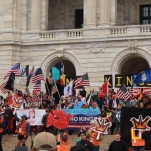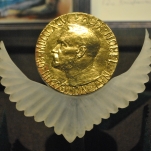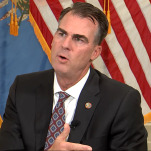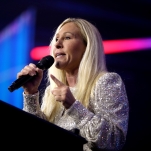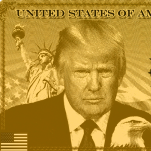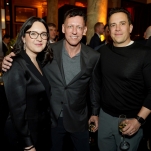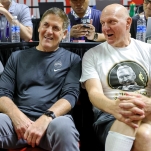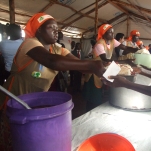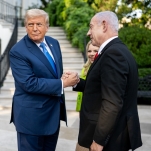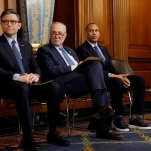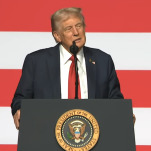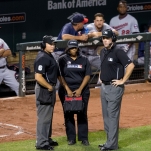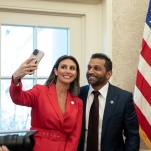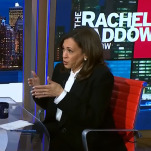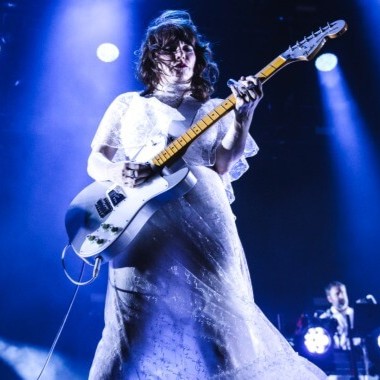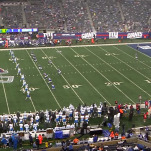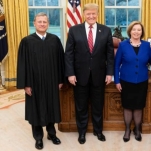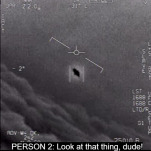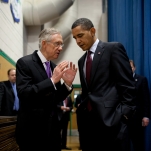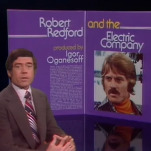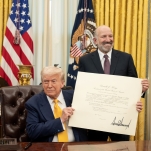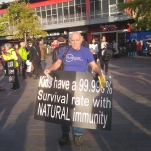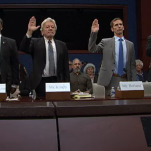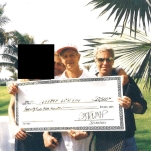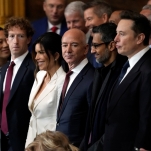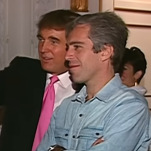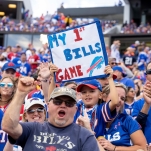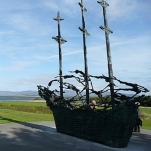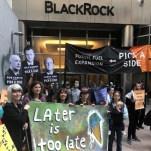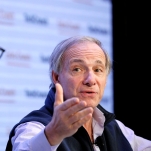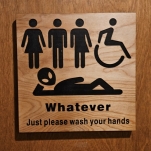Why the 'Tinder for threesomes' is much more than it seems
Zoe* was heartbroken. She’d been brutally dumped by her fiancé. As is typical in 2016, her friends had one consistent piece of advice: Get on some dating apps. But Zoe didn’t want to date, at least not exactly. All she wanted was a distraction, ideally of the sexual kind. “I didn’t feel totally comfortable with some of the regular dating apps,” she said. “I wasn’t looking for a relationship.”
So, one hungover Saturday morning, Zoe downloaded an app she’d heard about from a friend. Feeld—formerly called 3nder, and still commonly referred to as the “Tinder for threesomes”—is different from its more mainstream, monogamy-centric counterparts. Most famously, you can set up a profile as single or as a couple, making it a haven for people in open relationships who up until now had very little technology to work with.
But Feeld is more than just a threesome app for single “unicorns” and their coupled hunters. For its nearly one million users, it’s one of few dating apps that welcomes non-normative relationship models, with 18 different sexual identifications to choose from, ranging from queer to objectum sexual. The one thing all users seem to have in common is that they are, as the app promises, “kinky, curious and openminded.”
Because Feeld is so romantically diverse, it’s common for people to ask each other up front when they start chatting: “What brings you here?” People on the app include a 29-year-old straight man who loves submissives and a 23-year-old bisexual woman who is looking for “fun friendly playmates.” Damien, a 36-year-old bisexual man in a “it’s complicated” relationship with a gay man, uses Feeld exclusively to meet women who are “a little more out there” than ones he’s encountered on other apps. “Sex and love don’t have to go hand in hand,“ he says of why he chooses to keep things open.
Though it boasts a wide-ranging user base, the app is still 74% heterosexual, followed by bisexual and heteroflexible. But Feeld Founder Dimo Trifonov says it also attracts those who can’t yet be defined. The app is a safe space for people who are questioning their sexuality, he claims. Compared to strictly gay apps like Grindr or Scruff, Feeld can be an experiment, like dipping your toes in the water.
This culture of experimentation is why Zoe was nervous when she first went on Feeld. But it only took a couple of hours for her to swipe up (as opposed to Tinder’s right) and match with someone cute. After some chatting, Jack* would bring his girlfriend Sarah* to meet Zoe for drinks. Now, all three of them are friends. They go out to bars and dance parties and sometimes the night ends with sex. They consider it a simple arrangement, and exactly what all three of them were looking for. Jack says Feeld is the first time that he and Sarah have successfully used an app to facilitate their open relationship, which they’ve been in for over five years.
Dimo doesn’t think this scenario is all that weird or even unique. With Feeld, he is trying to capitalize on the natural evolution of relationships, which he believes are moving away from monogamy. To where? According to Dimo, love is headed towards…whatever the fuck you want. And luckily, his app will be there: “a field for you to discover your sexuality and explore it by yourself, with your other half or with any human you’d like.”
Fire up Feeld and its multiplicity is immediately evident in the design. Though, like Tinder, the app relies on asking you who you want to meet for its algorithm, Feeld profiles include far more information, like your “desires” and sexuality. Are you straight, gay, lesbian, bisexual, pansexual, polysexual, queer, androgynosexual, androsexual, asexual, autosexual, demisexual, gray-a, gynosexual, heteroflexible, homoflexible, objectum sexual, omnisexual, or skoliosexual? As for gender, you can identify as male, female, transsexual, or transgender. You can also reveal that you practice transvestism—dressing and acting in a style associated with the opposite sex.
Unlike many of its contemporaries, Feeld actually encourages—as opposed to accommodates—queer users. In designing his app, Dimo looked to the Kinsey Scale, building on the belief that sexuality is a spectrum, not a binary. Interestingly, Tinder, which has been accused of promoting promiscuity and spawning the dating apocalypse, avoids addressing “sexuality” all together.
-

-

-

-

-

-

-

-

-

-

-

-

-

-

-

-

-

-

-

-

-

-

-

-

-

-

-

-

-

-

-

-

-

-

-

-

-

-

-

-

-

-

-

-

-

-

-

-

-

-

-

-

-

-

-

-

-

-

-

-

-

-

-

-

-

-

-

-

-

-

-

-

-

-

-

-

-

-

-

-

-

-

-

-

-

-

-

-

-

-

-

-

-

-

-

-

-

-

-

-

-

-

-

-

-

-

-

-


